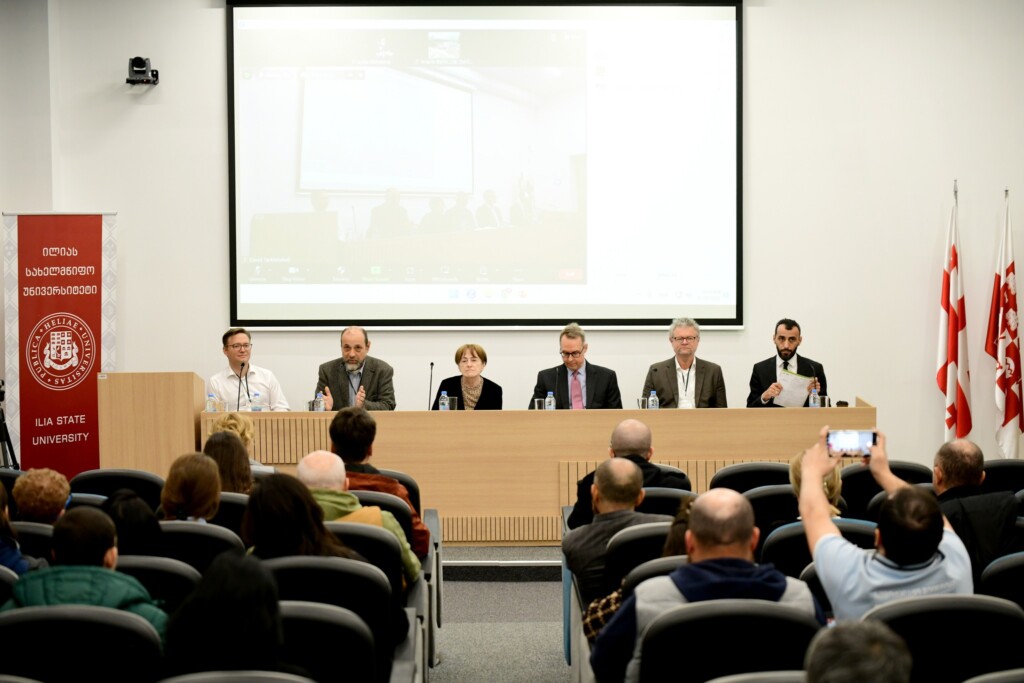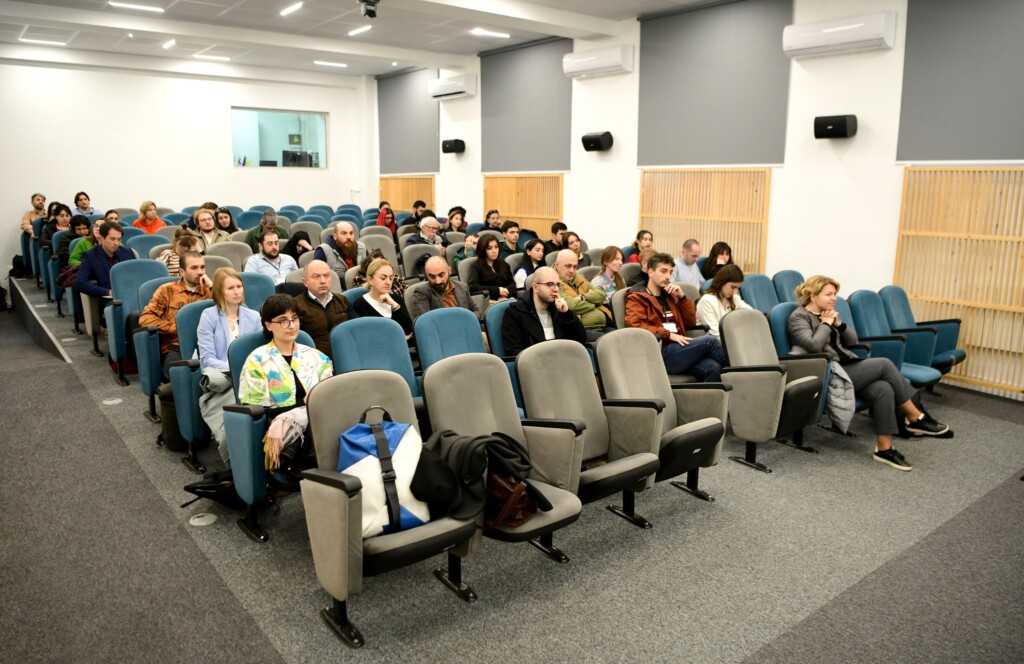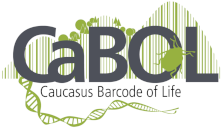Across borders for nature conservation in the Caucasus – Successes of the CaBOL Research Project
The southwestern Caucasus is one of the planet’s major biodiversity hotspots. In the CaBOL project, an international research community has laid the foundation for protecting the highly diverse primeval forests and plateaus. On November 20 and 21, scientists from the Leibniz Institute for the Analysis of Biodiversity Change (LIB) and their partners from Georgia and Armenia presented the project’s results in Tbilisi.
The Caucasus Barcode of Life Project (CaBOL) aims to inventory the largely unknown biodiversity in the Caucasus, contributing to the protection of this unique natural area with UNESCO World Heritage sites. Funding from the German Federal Ministry of Education and Research (BMBF) concludes in April 2024. After almost four years, the participants reflected positively, having laid the groundwork for a multinational research centre in the Caucasus.
Within CaBOL, the research community established comprehensive knowledge exchange in the Caucasus region, including Bioblitzes with citizen scientists. The group implements foundations for research labs, joint academic training programs, and international research and knowledge transfer projects in Georgia and Armenia. Institutions from the entire region, including Ukraine, Poland, and Romania, are now part of the network.
“Diplomatic efforts and treaties are prerequisites for exchanging scientific data, materials, and expertise among researchers. International scientific projects like CaBOL significantly contribute to fostering partnerships, peace, and stability in the region,” emphasizes Prof Dr Bernhard Misof, Director of LIB. “The potential EU candidacy for Georgia is among others a consequence of long-term scientific collaborations between Germany and Georgia.”
Nils Hein, CaBOL Project Coordinator at LIB, highlighted the achievements, including creating a freely accessible database that will contain over 30,000 entries until the project ends. Researchers standardized collection infrastructures, developed molecular analysis lab infrastructure, and established mirrored DNA and tissue collections for shared use. Over 40 scientific studies were published during the project, identifying more than 450 species through DNA barcoding. Twenty species were newly described. Misof emphasizes the need to align these efforts with broader environmental and conservation goals regionally and globally. LIB is in close contact with decision-makers to advance the establishment of a biodiversity research centre in the Caucasus, with plans for a permanent office as a crucial step for coordination.



